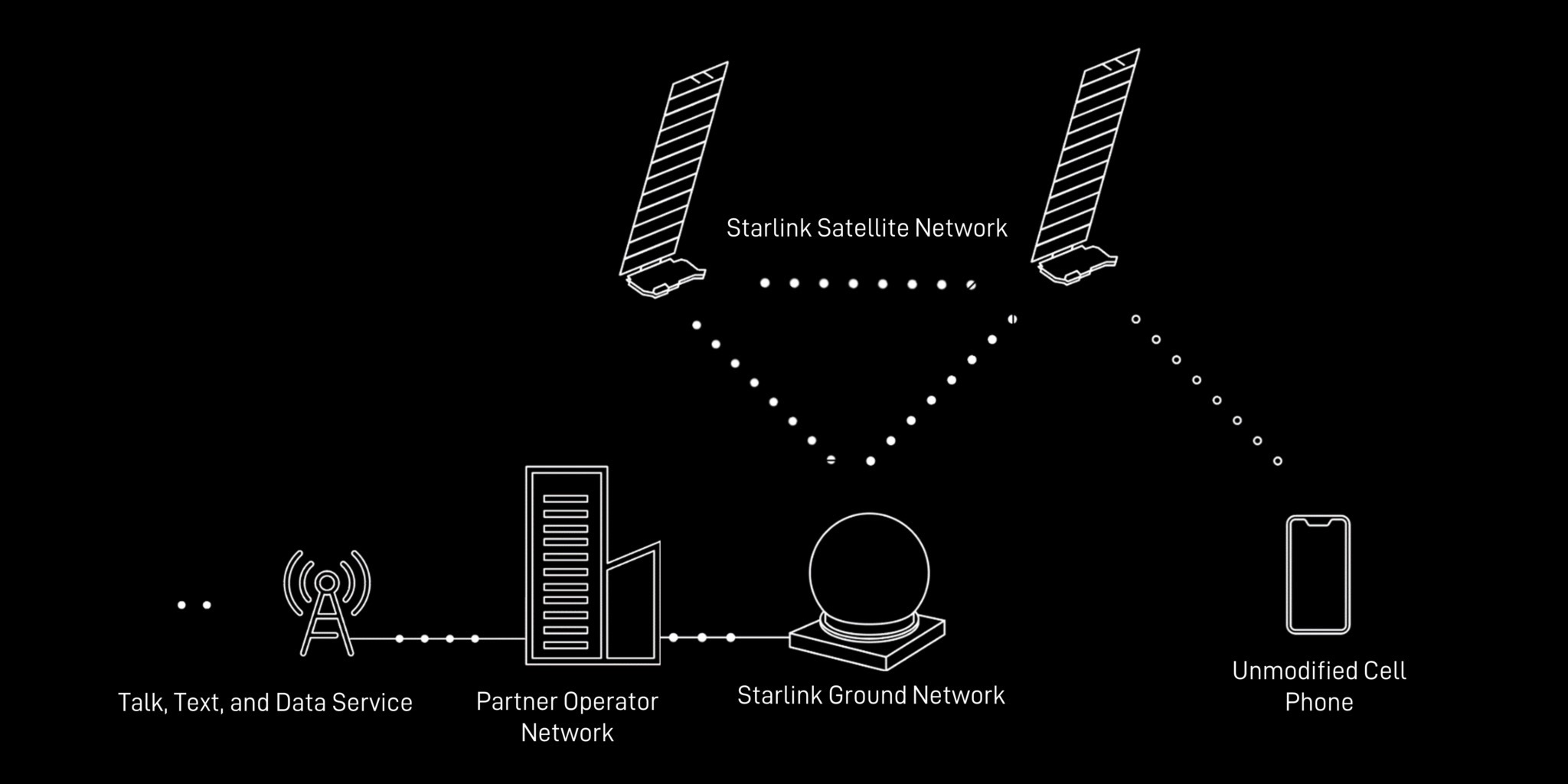By David Pring-Mill
In the past, we didn’t trust our wireless networks, fearing dropped calls. Now, with smartphones glued to our hands, we don’t trust ourselves, fearing that we might drop the ball on high-priority tasks due to constant distractions. This has even created a market for screen time focus apps like Opal. Connectivity, it seems, is a double-edged sword. It’s all a part of telecom’s gradual march into “dead zones.”
Rewinding the clock, you might remember the Verizon Wireless “Test Man” TV commercials, in which a bespectacled field technician obsessively tests out network quality. Seemingly lacking a better heuristic, the technician pops his head out of sewers and mucks about through swamps in bib overalls, all while maintaining a call with an unseen counterpart. “Can you hear me now?” he asks. “Good,” he replies when the confirmation comes back. And like that, he scours the Earth, heading through barren wastelands trying to identify an elusive dead zone so that Verizon can improve its coverage.
This campaign was credited with helping to grow Verizon’s customer base by 10% in the first year, while reducing churn to 1.8% from more than 2.5%. Years later, Sprint actually poached the iconic, quirky technician for their own campaign, titled “Paul Switched.” “Because guess what?” Paul explained in the commercial after making the jump. “It’s 2016, and every network is great.”
Paul was right that phone users’ frustrations have changed. In 2024, phone upgrades have less of an allure, with some users intentionally downgrading to so-called “dumb phones,” injecting unpredictability into tech supply chains. But when we look more broadly than metropolitan areas, dead zones persist even today, magnifying issues of social equity.
At the beginning of the year, SpaceX and T-Mobile successfully launched the first set of Starlink satellites equipped with Direct to Cell technology, a major milestone in their joint initiative, “Coverage Above and Beyond.” T-Mobile will begin its own field testing to figure out the viability of SpaceX’s low Earth orbit (LEO) satellite constellation. Mike Katz, President of Marketing, Strategy, and Products at T-Mobile, says that the mission is “to make dead zones a thing of the past,” starting with their text messaging service, with voice and data to follow.

T-Mobile and SpaceX’s initiative is not limited to the U.S. They issued an open invitation to wireless providers to join their mission for universal coverage. This move is aimed at creating a network that provides consistent connectivity, or “reciprocral roaming,” globally. As of the announcement, five international wireless providers have already joined the initiative. These include KDDI from Japan, Optus from Australia, One NZ from New Zealand, Rogers from Canada, and others.
Rewinding the clock even further, to the Gilded Age depicted in the titular HBO series, the rapid expansion of industrialization meant that the well-heeled could prance around in Manhattan ballrooms. So-called robber barons found their fortunes in steel and railroads. But what about this new era of in-orbit, perhaps lunar, infrastructure?
30 new spaceports are in the works, on top of the 53 that already operate globally. There will be at least 24,00 satellite launches from 2023 through 2030. If the planned megaconstellations in low Earth orbit go well, that figure might even be closer to 40,000.
The ESG case for these private sector developments still has some technical holes in it. For instance, on December 12, 2023, the Federal Communications Commission (FCC) upheld its decision to reject Starlink’s application for approximately $900 million in funding from the Rural Digital Opportunity Fund (RDOF). The RDOF program, aimed at expanding broadband access in rural areas, involves a two-step application process. Although Starlink qualified in an initial short-form stage, a subsequent, more thorough examination led to doubts that Starlink could deliver the promised service as well as the ROI expected of limited Universal Service Fund dollars.
FCC Chairwoman Jessica Rosenworcel explained, “The FCC is tasked with ensuring consumers everywhere have access to high-speed broadband that is reliable and affordable. The agency also has a responsibility to be a good steward of limited public funds meant to expand access to rural broadband, not fund applicants that fail to meet basic program requirements.” Incidentally, SpaceX CEO Elon Musk is considered to be the world’s richest person.
It’s clear that space technologies could transform our telecommunications, while also introducing daunting new elements to geopolitical turmoil, made all the more complicated by Musk’s capricious commentary on the social network he acquired. At the very least, quirky field technicians might be spared from repetitively asking, “Can you hear me now?”
To support open-access (Quick Insights) content such as this, become a Deep Tech member at Policy2050.com. For additional NewSpace insights, download our whitepaper, “The NewSpace Economy: Preparation and Risk Management.”